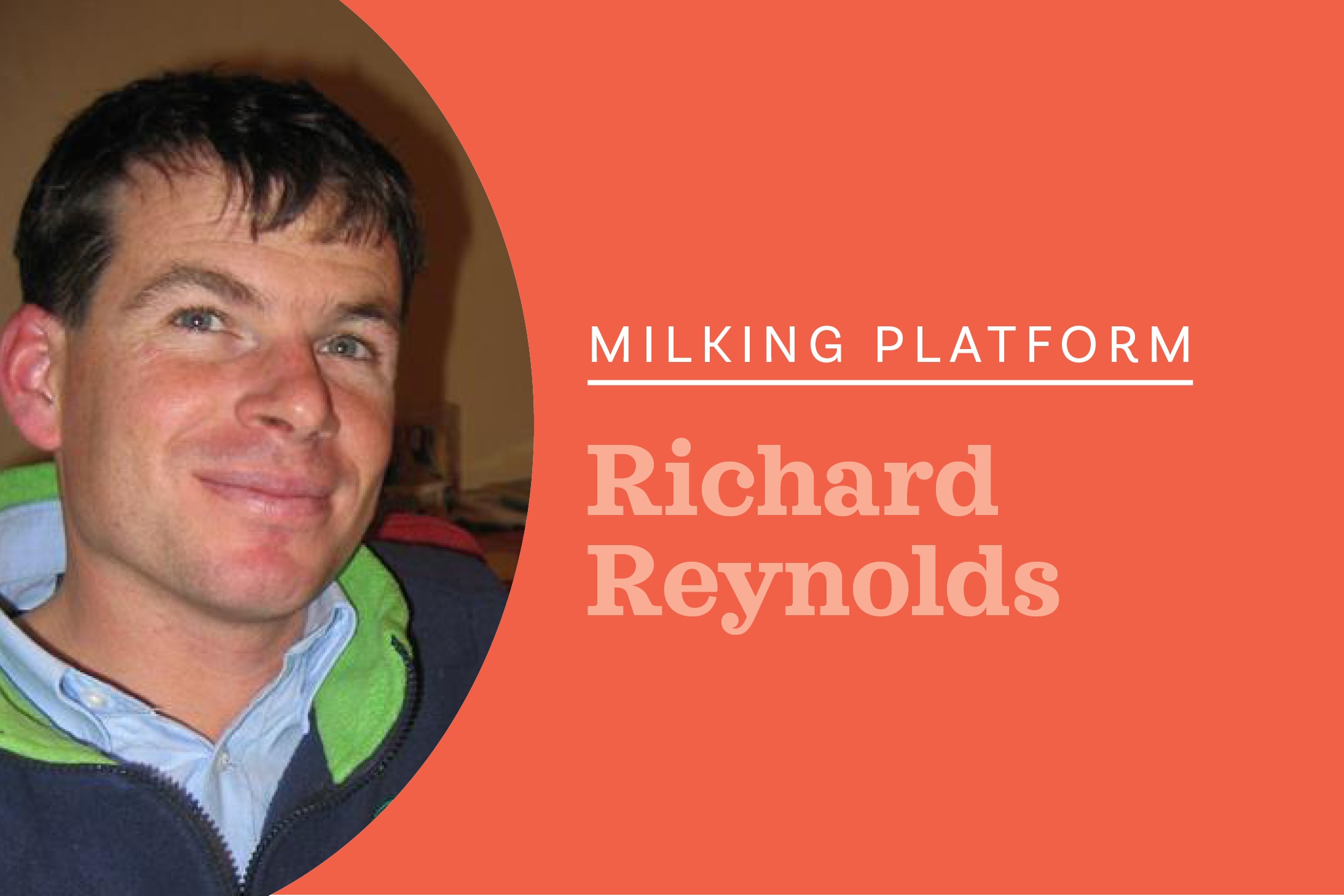Say G’day to NZ Dairy Exporter’s new contributor, Hamish Hammond, of Greytown.
G’day, my name is Hamish Hammond and I am a dairy farmer from Greytown. As from now I am also a newbie contributor to NZ Dairy Exporter. It has been a fair while since I have written anything of real substance, the last thing was a 100+ page thesis which is now gathering dust on the bookshelf, so we will see how this goes. For my articles, I hope to provide some insights on what is happening onfarm in the Wairarapa and tell you a bit about my farming journey.
To start an introduction, my wife Rach and I both left university in 2017 with newly-minted masters degrees, big student loans and, most importantly, motivation to make something of ourselves and put all we learnt into practice. With that in mind, after a quick trip to Europe, we started our first season contract milking on my family’s 600-cow dairy farm.
We are now heading into our fifth season on the same farm and this will be our fourth season milking once-a-day (OAD). This will also be our third season running a beef block which we lease to sell and finish dairy cross beef calves which are purchased from the dairy farm.
Rach and I are both working hands-on together alongside my dad (who we employ full-time) and one other full-time worker. We are a predominantly family farming team and I like to think this gives us strength as almost all of us have a vested interest in seeing it succeed.
Currently onfarm, we are looking after all our own dry stock (and likely to be in the midst of calving once this comes out), so the day mainly consists of feeding out hay and break feeding for each mob. The autumn here was a bit stop/start, we got some decent early rain but lacked a good follow up to really build decent pasture covers at run-offs.
Some areas missed most of the rain entirely and irrigators were running into mid-May. Subsequently, some farmers had their dry cows on the milking platform longer than usual biding time to let the run-offs grow.
Thankfully, last spring proved to be a good one for silage and hay making. These feed stores have either been used to make late season milk or utilise for putting condition back on the girls while G’day, my name is Hamish Hammond and I am a dairy farmer from Greytown.
As from now I am also a newbie contributor to NZ Dairy Exporter. It has been a fair while since I have written anything of real substance, the last thing was a 100+ page thesis which is now gathering dust on the bookshelf, so we will see how this goes. For my articles, I hope to provide some insights on what is happening onfarm in the Wairarapa and tell you a bit about my farming journey.
To start an introduction, my wife Rach and I both left university in 2017 with newly minted masters degrees, big student loans and, most importantly, motivation to make something of ourselves and put all we learnt into practice.
With that in mind, after a quick trip to Europe, we started our first season contract milking on my family’s 600-cow dairy farm. We are now heading into our fifth season on the same farm and this will be our fourth season milking once-a-day (OAD).
This will also be our third season running a beef block which we lease to sell and finish dairy cross beef calves which are purchased from the dairy farm. Rach and I are both working hands-on together alongside my dad (who we employ full-time) and one other full-time worker. We are a predominantly family farming team and I like to think this gives us strength as almost all of us have a vested interest in seeing it succeed.
Currently onfarm, we are looking after all our own dry stock (and likely to be in the midst of calving once this comes out), so the day mainly consists of feeding out hay and break feeding for each mob. The autumn here was a bit stop/start, we got some decent early rain but lacked a good follow up to really build decent pasture covers at run-offs.
Some areas missed most of the rain entirely and irrigators were running into mid-May. Subsequently, some farmers had their dry cows on the milking platform longer than usual biding time to let the run-offs grow. Thankfully, last spring proved to be a good one for silage and hay making. These feed stores have either been used to make late season milk or utilise for putting condition back on the girls while they are dry. Yet another example of nature providing in anticipation of seasonal change.
June has come and gone, bringing with it the first southerly of the year. A good reminder not to get comfortable and to expect a bit of water and mud as it is winter.
Our plan for calving is really simple and that is to Keep It Simple Stupid (the KISS approach). We generally divide the jobs amongst the small team and focus our efforts on specific jobs like milking, feeding out, calf rearing and animal management.
The flexibility of an OAD farm really comes to the fore during this busy period and we can generally be in just before dark after a leisurely 5am start.
All going well we should reap the rewards of a well-planned mating (thanks Rach), a mild summer and stress-free dry off. For the most part, our plans are a rinse and repeat of the previous two years, although, there is one big change for us.
This year we are expecting our first child come September! Not the greatest timing but it should make for an interesting start to spring. And with that, my fingers and toes are crossed for a smooth calving for every girl in the team.





